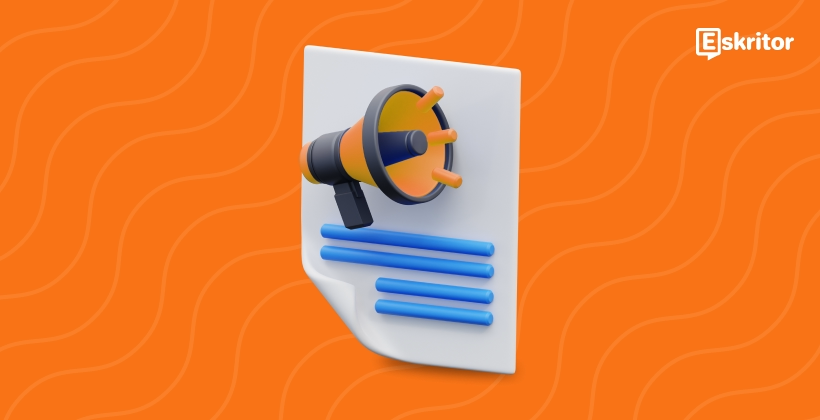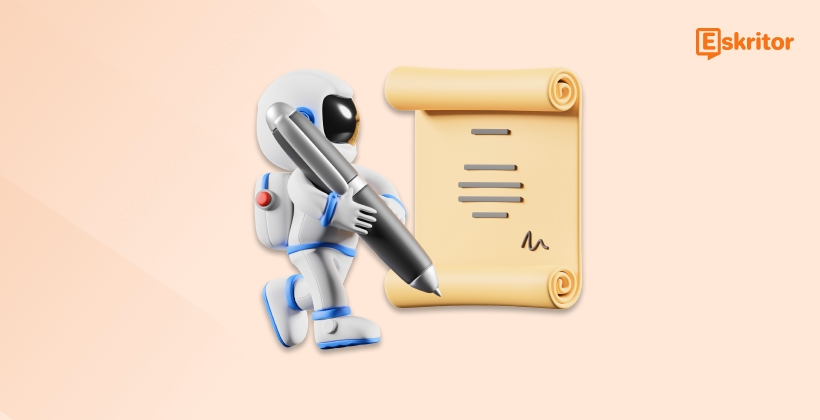Why AI Editing is Revolutionizing Proofreading
Why AI Editing is Revolutionizing Proofreading
Blog Article
AI Editing Features That Improve Your Writing Workflow
As artificial intelligence (AI) evolves, it continues to revolutionize exactly how we strategy contemporary editing practices. From syntax modification resources to sophisticated material generation tools, AI writer is reshaping just how writers, editors, and creators refine their work. This website explores the position AI plays in modern editing and the impact it's across industries.

AI-Powered Methods Major the Cost
AI-powered tools have become an crucial part of modifying workflows. Computer software fueled by natural language processing (NLP) and machine learning can do projects like syntax checks, stylistic recommendations, and word restructuring with extraordinary pace and accuracy.
As an example, AI-based grammar checkers can identify errors that the human eye might overlook, such as subject-verb agreement issues or lost modifiers. Similarly, style enhancements made by AI ensure that tone and movement arrange with the intended market, which will be invaluable for skilled editors.
These instruments aren't only limited by standard grammar corrections. They can handle improving readability, transforming inactive style to productive style, and also paraphrasing whole paragraphs without adjusting the meaning.
Effectiveness Matches Time Savings
Reports show that the use of AI resources can minimize modifying time by around 30%. As opposed to poring over every phrase personally, publishers may emphasis their efforts on creative and proper elements of content. That shift allows specialists to control larger amounts of text in shorter times, which is particularly important for industries like publishing and electronic marketing.
Additionally, predictive AI features can spotlight continuing mistakes, supporting authors boost their skills around time. For organizations, that translates to fewer methods spent on revisions and more finished results right from the start.
Improving Convenience and Globalization
AI's position in contemporary modifying stretches beyond efficiency. Sophisticated interpretation and localization tools let creators to adjust content seamlessly for world wide readers, wearing down language barriers with precision. That engineering assures that the same information can resonate with countries worldwide while maintaining its authenticity.
AI also improves inclusivity criteria by increasing availability in content. For instance, formulas may identify possibly non-inclusive language and recommend alternatives. This capacity allows editors to improve writing so that it resonates with diverse audiences.

Striking a Stability Between AI and Human Creativity
While AI excels in speed and reliability, it doesn't replace individual editors. Devices often lack the ability to interpret nuance, sentiment, or national context fully. The ideal process combines AI's performance with human creativity and information, causing really excellent work.
By leveraging these technologies in modern editing methods, makers and publishers likewise can make high-quality content that aligns with the fast-paced demands of today's electronic world. AI may be the future of modifying, however the human touch can be essential for storytelling and connection. Report this page